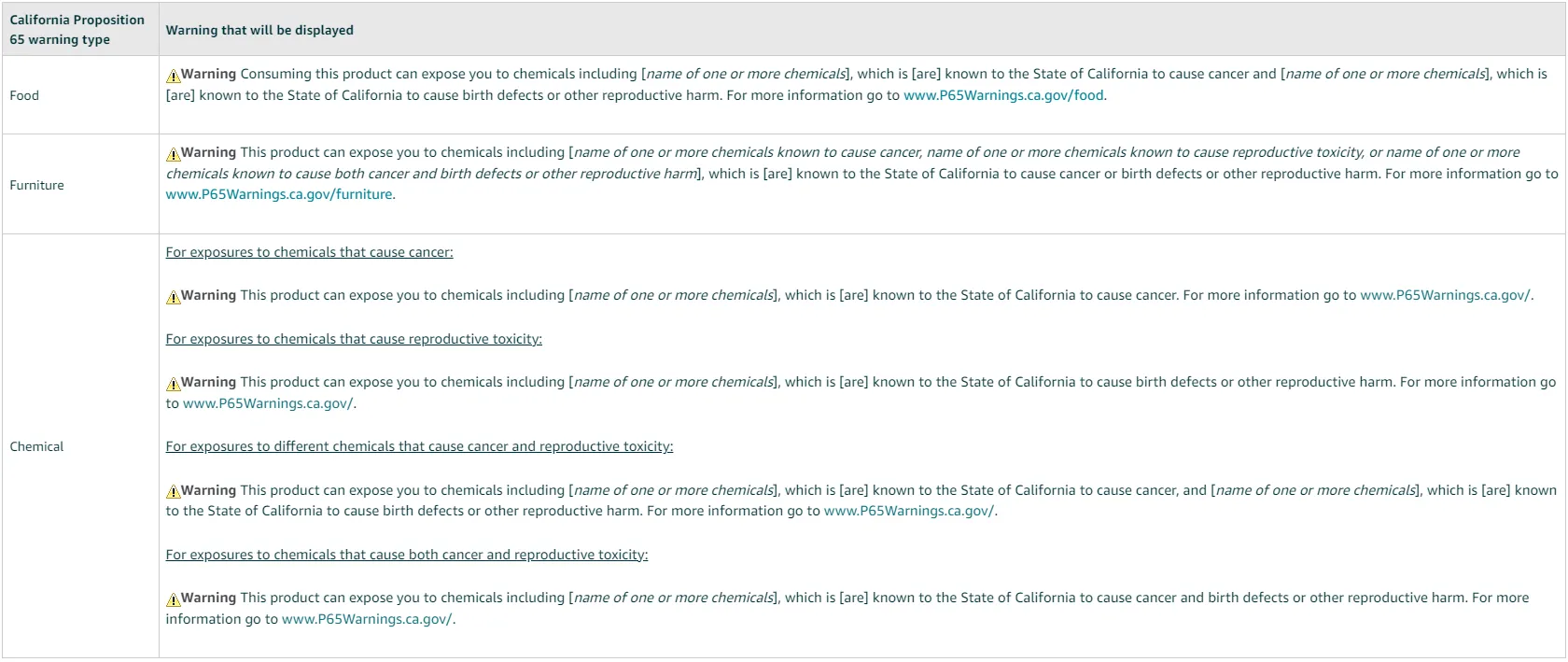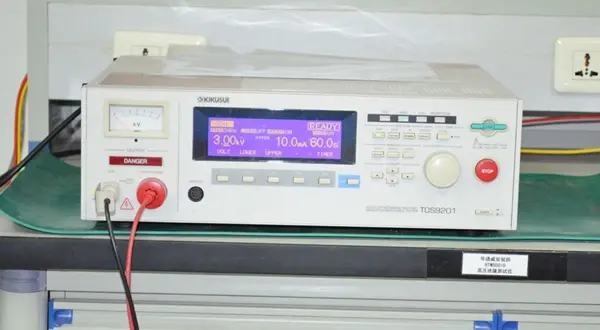
What is the IEC 62087 Test Standard?
iec 62087 is an international standard developed by the International Electrotechnical Commission (IEC) for measuring the power consumption of audio, video, and related equipment. Its fULl title is:
IEC 62087: Methods of measurement for the power consumption of audio, video, and related equipment.

This standard is primarily used to regulate the energy consumption testing methods for consumer electronics such as televisions, monitors, audio devices, and set-top boxes. It serves as an important basis for energy efficiency certifications, including Energy Star, EU ErP, and China's Energy Efficiency Label.
Composition of the Standard
IEC 62087 is a series of standards, mainly including the following parts:
- IEC 62087:2011 (or later versions): Base standard specifying general test methods
- IEC 62087-2: Power measurement for Digital TV receivers (DTV)
- IEC 62087-3: Power measurement for audio equipment
- IEC 62087-4: Power measurement for video display devices (monitors, projectors)
- IEC 62087-5: Power measurement for computers and servers
- IEC 62087-6: Power measurement for network devices (routers, set-top boxes)
Core Test Contents
(1) Test Conditions
- Environment requirements:
Temperature: 23 ± 5°C
Humidity: 45%~75%
Stable power supply: voltage fluctuation ≤ ±2%
- Device states:
- Standby: Device connected to power but not performing main functions
- Off Mode: Device completely poweRED off but still plugged in
- Active Mode: Playing standard test content (e.g., dynaMIC video, static images)
(2) Test Methods
- Dynamic video test (for TVs, monitors): Playback of standardized dynamic video sequences (e.g., IEC 62087 specified test clips)
- Static image test (for monitors, digital photo frames): Display specific static screens (e.g., full white, full black, 50% gray)
- Audio test (for audio devices, amplifiers): Playback of standard audio signals (e.g., 1kHz sine wave)
(3) Key Metrics
- Average power consumption (W): Typical consumption under Active Mode
- Standby power consumption (W): Compliance with international regulations (e.g., EU ErP requires standby ≤ 0.5W)
- Energy Efficiency Index (EEI): Used for energy efficiency classification (e.g., EU energy label)
Relationship with Other Energy Efficiency Standards
- Energy Star: US epa certification referencing IEC 62087 test methods
- EU erp directive: EU Ecodesign regulation limiting standby/off-mode power
- China Energy Label: Energy efficiency grading in the Chinese market (e.g., TV energy classes 1~3)
- ENERGY LABEL (EU): Energy efficiency grades A~G for TVs and monitors
Testing Equipment and Procedures
(1) Required Equipment
- Power analyzer (accuracy ≥ 0.5%)
- Standard test signal sources (e.g., IEC 62087 test video/audio files)
- Environmental monitoring equipment (temperature/humidity meters, regulated power supply)
(2) Test Procedures
- Preheat the device: Power on and run for at least 30 minutes until stable
- Measure standby/off-mode power: Record average power over 10 minutes
- Measure active mode power: Play standard test content and record data for at least 10 minutes
- Calculate energy efficiency values: Use the standard formulas to determine efficiency ratings (e.g., EEI)
Typical Applications
- TVs/monitors: For energy efficiency label certification (e.g., EU A+ grade TVs)
- Audio/amplifiers: Evaluate standby power compliance with ErP regulations
- Set-top boxes/routers: Meet Energy Star or COC Tier 2 standards
Notes
- Latest version: IEC 62087:2023 (4th edition) is the latest international standard; some countries may still use older versions (e.g., IEC 62087:2015)
- Regional differences:
- EU: Must comply with EN 62087 (equivalent to IEC standard)
- US: Energy Star references IEC 62087 methods
- China: GB/T 26256-2021 (equivalent to IEC 62087:2015)
- Software impact: Firmware versions on smart TVs/devices may affect power consumption; testing requires fixed software versions
Email:hello@jjrlab.com
Write your message here and send it to us
 What Are the Battery Compliance Test Reports?
What Are the Battery Compliance Test Reports?
 Christmas Children’s Products EU & US Complian
Christmas Children’s Products EU & US Complian
 Food Packaging Material Testing
Food Packaging Material Testing
 Cosmetic Product Safety Report
Cosmetic Product Safety Report
 What is Prop 65 Warning?
What is Prop 65 Warning?
 Does RoHS Apply to Packaging?
Does RoHS Apply to Packaging?
 How to Get RoHS Compliance?
How to Get RoHS Compliance?
 How to get EN 62368-1 Test Report
How to get EN 62368-1 Test Report
Leave us a message
24-hour online customer service at any time to respond, so that you worry!




